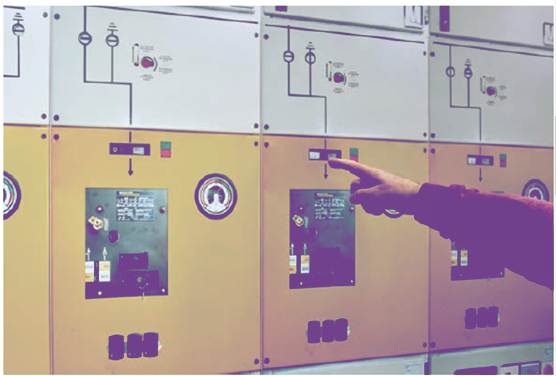We have interviewed Serafín Ruano, an IADA (Aena Learning and Development Institute) Trainer and Airport Maintenance Competence Checker who belongs to the AENA Recruiting and Training Division. Serafín has been involved from the very beginning in the development and operation of the SILA Airport Facilities Simulator developed for AENA by Tecnatom and is one of those who best know this solution.
What led AENA to incorporate a simulator as a training tool?
Airports include critical electrically driven systems that cannot be allowed to stop operating unforeseeably. These systems are equipped with redundant electric supply and distribution arrangements (electricity generators, uninterrupted power supplies, twin busses, rings …) with clearly defined switch-over times. In its Appendix 14, the International Civil Aviation Organisation (ICAO) establishes these switch-over times for changes in power supply in order to respond to contingencies.
The switch-over operations are normally automated; however, in the event of unforeseen situations or breakdowns, operator intervention is essential in order to reduce the time during which the facilities are unavailable, for operational and safety reasons.
The electrical installation of an airport is a critical environment that cannot be taken off line for operator training. On the other hand, and in view of the fact that the standards requirements can only be met by trained and competent personnel, the airport has to provide guarantees through the training of its people. Simulation is the only environment in which operators can be trained in complex settings, carrying out manoeuvres of all types, however infrequent or critical they might be.
What is your opinion of the SILA simulator after several years of use?
On the SILA you can create situations that it would be impossible to replicate in an actual installation, such as short-circuits or multiple faults.
With the simulator it is easy to reproduce and time certain manoeuvres, as a result of which time improvements are quantifiable. Thanks to the use of the simulator for systematic training in normal operating, maintenance or contingency situations, reductions in operator errors and actuation times of up to 75% have been observed during training.
The operators gain confidence and motivation when faced with unforeseen situations because they are able to experience and manage situations that are unusual but have an important impact on the installation and the activity of the airport. Following training on the simulator they are more motivated and better able to fully understand the installation and avoid unwanted stress or the effect of “going blank” when faced by a contingency.
Furthermore, there are other advantages that are more difficult to quantify but equally important. Certain manoeuvres such as the resetting of relays may cause short-circuiting and damage equipment when performed incorrectly. Training and adhering to the procedures are fundamental for the conservation of assets.
SILA is a generic simulator, in other words it does not represent any specific facility. Why was this decision taken and how does it affect training?
For an airport, the ideal situation would be to have a simulator that replicated the actual installation, but this would imply a cost that it would be difficult to meet. This is why we use a generic simulator on which we can train operators for different facilities. The improvements achieved are applicable to any airport since the capabilities and skills developed are common to all installations of a similar type. This training is subsequently complemented with a more specific local approach
SILA is a particularly complete simulator, and AENA’s electrical systems are among the most complex at world level, for which reason the equipment may be used for training at different sites. The electrical cabinets, switches, generators and UPS share a certain level of standardisation and the operating logic may also coincide to a large degree in different installations. In this respect, the role of a skilful trainer who knows the site and is able to get the most out of a generic simulator is especially important.
How has the simulator evolved over the years and what is expected in the future?
The installations evolve and new elements are incorporated for operator training. SILA has seen a number of upgrades and evolutions since its initial version, the scope and number of cabinets and other elements simulated has grown and they will likely continue to do so. Furthermore, there are other simulator-related solutions, such as training pills (simulations of isolated system elements) that offer the possibility of training on specific operations without having to rely on trainer or simulator availability, these also offering possibilities for flexible and versatile training.







